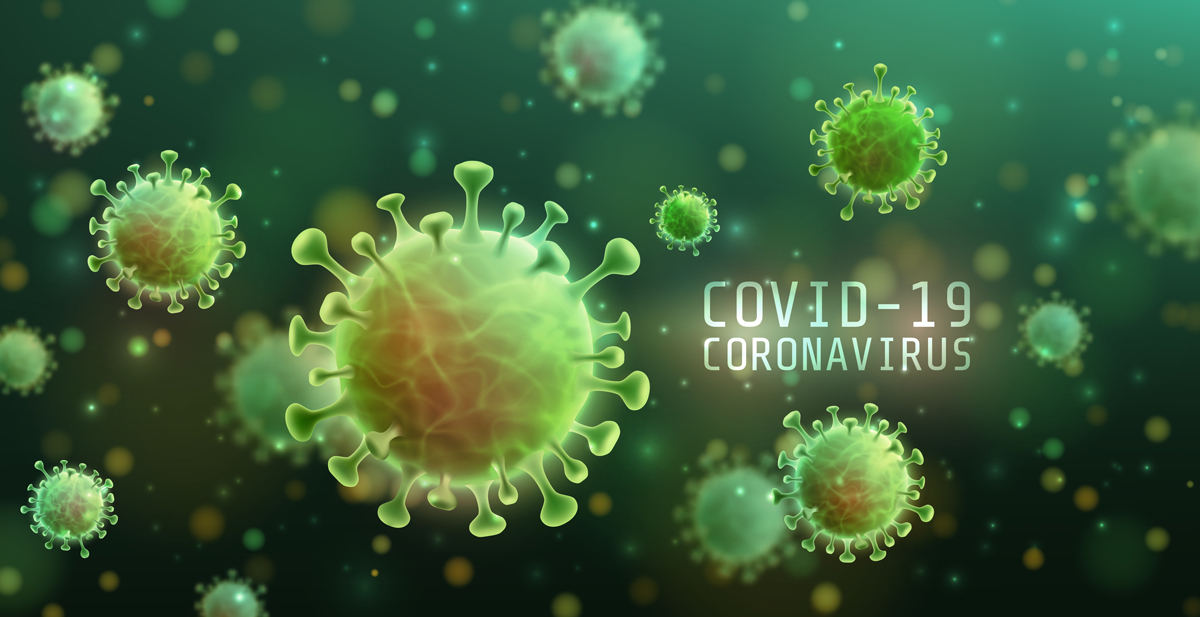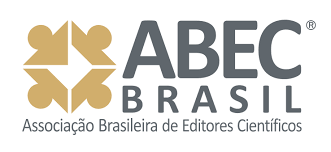Behavior in Coronavirus times in Brazil: use of hashtags at the beginning of social distancing
DOI:
https://doi.org/10.51723/ccs.v31iSuppl%201.690Keywords:
Coronavirus Infections, Pandemic, QuarentineAbstract
The world has faced the worst pandemic in history: the new coronavirus, Covid-19. In view of the situations of social isolation adopted by different cities in Brazil, the use of the internet and social media has increased substantially. The objective of this research is to analyze the importance of sharing between users, to minimize the impacts of social distance. The method consists of content analysis by identifying Hashtags most used in March 2020 (during the beginning of social isolation) compared to April 2020 (when isolation was adopted by all Brazilian states). As main results, it is observed that official terms such as ‘covid’ and ‘coronavirus’ together add up to almost 20 million hashtags early in the isolation. In the Portuguese language, the expressions ‘stayathome’ and ‘quarantine’ totaled almost 4 million in the first month. The growth rate from one month to the next is on average 138%, which proves the increase in the use of hashtags during the isolation period. Finally, it should be noted that it was possible to observe the importance of using social media, both for sharing information and for preserving interactions between friends and family.
Downloads
References
OPAS. Folha informativa – COVID-19 (doença causada pelo novo coronavírus). [Internet]. Organização Pan-Americana da Saúde. Organização Mundial da Saúde; 2020 – [atualizado em 2020 Mai 7; citado em 2020 Mai 23]. Disponível em: <https://bit.ly/2WyvyjS>.
Yuen KS, Ye ZW, Fung SY, Chan CP, Jin DY. Sars-cov-2 and Covid-19: The most important research questions. Cell & Bioscience. 2020 Mar; 10(1):40.
Kite J, Foley BC, Grunseit AC, Freeman B. Please Like Me: Facebook and Public Health Communication. PLoS ONE. 2016 Set; 11(9):1-16.
Cardoso, JM. Comunicação e saúde: desafios para fortalecer o SUS, ampliar a participação e o controle social. In: Ministério da Saúde. Coletânea de Comunicação e Informação em Saúde para o exercício do Controle Social. Brasília: Editora do Ministério da Saúde, 2006. p.45-55.
Schiavo R. Health communication: from theory to practice. San Francisco: Jossey Bass, 2007. 436p.
Klein GH, Neto PG, Tezza R. Big Data e mídias sociais: monitoramento das redes como ferramenta de gestão. Saúde e Sociedade. 2017; 26(1): 208-17.
Buckee C. Improving epidemic surveillance and response: big data is dead, long live big data. The Lancet Digital Health. 2020 Mar; 2(5):2018-20.
Chen, E., Lerman, K., Ferrara, E. Covid-19: The first public coronavirus twitter dataset, 2020. arXiv preprint arXiv. 2020 Mar; 1:1-2.
Oliver N, Lepri B, Sterly H, Lambiotte R., Delataille S, De Nadai M, Vinck P. Mobilephone data for informing public health actions across the Covid-19 pandemic life cycle. Science Advances. 2020 Abr; 1:10.
Zarei K., Farahbakhsh R, Crespi N, Tyson G. “A first instagram dataset on covid-19”. arXiv preprint arXiv. 2020 Abr; 1:1-4.
Saire JEC., Navarro, R.C. What is the people posting about symptoms related to Coronavirus in Bogota, Colombia? arXiv preprint arXiv. 2003 Mar; 1:1-3.
Salathé M. Digital epidemiology: what is it, and where is it going? Life Sciences, Society and Policy. 2018 Jan; 14(1):1.
Aslam S. Instagram statistics. [Internet]. Omnicore Agency; 2020 – [atualizado em 2020 Fev 10; citado em 2020 Mai 28]. Disponível em: <https://bit.ly/2Xn5YzR>.
Kemp S. Digital 2020: Brazil. [Internet]. Data Reportal; 2020 – [atualizado em 2020 Fev 17; citado em 2020 Mai 30].Disponível em: <https://bit.ly/2U0IXAO>.
Rosa N. Pesquisa revela que Instagram é uma rede social mais engajada que o Facebook. [Internet]. Canaltech; 2018 – [atualizado em 2018 Dez 17; citado em 2020 Mai 26]. Disponível em: <https://bit.ly/36SCBZe>.
Giannoulakis S, Tsapatsoulis N. Evaluating the descriptive power of Instagram hashtags. Journal of Innovation in Digital Ecosystems. 2016; 3(2):114-29.
Bardin L. Análise de conteúdo. Lisboa: Edições 70, 2006. 226p.
Silva, C. R., Gobbi, B. C., Simão, A. A. O uso da análise de conteúdo como uma ferramenta para a pesquisa qualitativa: descrição e aplicação do método. Organizações Rurais & Agroindustriais. 2005 Out; 7(1):70-81.
Aquino MC. Hipertexto 2.0, folksonomia e memória coletiva: um estudo das tags na organização da web. Revista E-Compós. 2007 Ago; 9:1-18.
Moura FC. Proliferação das #hashtags: lógica da ciência, discurso e movimentos sociais contemporâneos. Revista Ágora. 2014 Ago; 17(esp.):141-58.
Brasil. Portaria n° 454, de 20 de março de 2020. Declara, em todo o território nacional, o estado de transmissão comunitária do coronavírus (covid-19). Ministério da Saúde. 2020 Mar 20; 55(1):1.
Brasil. Boletim Epidemiológico. Semana epidemiológico 15. Secretaria de Vigilância em Saúde. 2020 Abr; 7:1-28.
Santi G. Mapa Brasileiro da COVID-19. [Internet]. São Paulo: Inloco; 2020 – [atualizado em 2020 Abr 23; citado em 2020 Abr 24]. Disponível em: <https://bit.ly/3cg2ggH>.
Anvisa. Resolução - RDC nº 354, de 23 de março de 2020. Altera a Resolução de Diretoria Colegiada - RDC nº 351, de 20 de março de 2020. Ministério da Saúde. 2020 Mar 23; 56(1):5.
Martins H. Pandemia expõe importância das tecnologias e universalização do acesso à rede, mas também riscos de ampliação de controle. [Internet]. Fortaleza: Carta Capital; 2020 – [atualizado em 2020 Mar 17; citado em 2020 Mai 3]. Disponível em: <https://bit.ly/2YMvPCo>.
Downloads
Published
Issue
Section
License
Declaro para os devidos fins que o artigo que estou submetendo representa um trabalho original e nunca foi publicado total ou parcialmente, e que se alguma de suas partes foi publicada possuímos autorização expressa para a publicação no periódico Comunicação em Ciências da Saúde (CCS). Esse artigo não foi enviado a outro periódico e não o será enquanto estiver sendo considerada sua publicação; caso venha a ser aceito não será publicado em outro periódico; e não contém material difamatório ou ilegal sob nenhuma forma, não viola a intimidade de terceiros, nem infringe direitos protegidos.
Eu e demais autores desse trabalho certificamos por meio desta declaração que:
- Concordamos com as normas editoriais e com o processo de revisão da CCS;
- Aceitamos a responsabilidade pela conduta desse estudo e pela análise e interpretação dos dados;
- Cooperaremos, sempre que solicitado, na obtenção e fornecimento de dados sobre os quais o manuscrito está baseado, para exame dos avaliadores;
- Não estão sendo omitidos quaisquer ligações ou acordos de financiamento entre os autores e companhias ou pessoas que possam ter interesse no material abordado no artigo;
- Não estão sendo excluídos ou omitidos deste artigo autores ou instituições participantes;
- Possuímos permissão para uso de figuras e tabelas publicadas em outras fontes;
- Possuímos permissão das pessoas e instituições citadas nos agradecimentos;
- O autor correspondente autoriza a publicação do endereço informado e e-mail do(s) autor(es) junto com o artigo;
- Assumimos a responsabilidade pela entrega de documentos verídicos;
- Autorizamos a publicação do referido artigo no periódico Comunicação em Ciências da Saúde, segundo critérios próprios e em número e volume a serem definidos pelo editor do periódico;
- Nos comprometemos a atender os prazos estipulados pelos editores do periódico Comunicação em Ciências da saúde;
- Estamos cientes de que a não manifestação no prazo de dois dias da revisão da diagramação, recebida por e-mail, será considerado aprovado para publicação.








